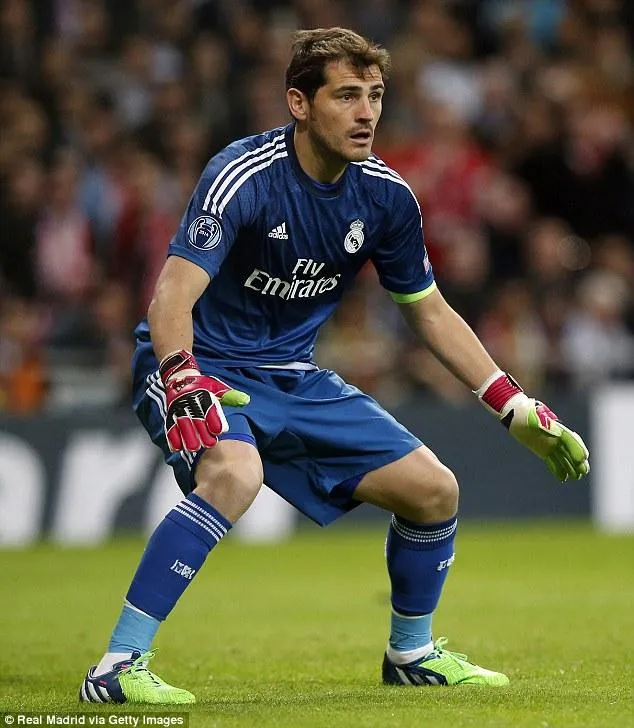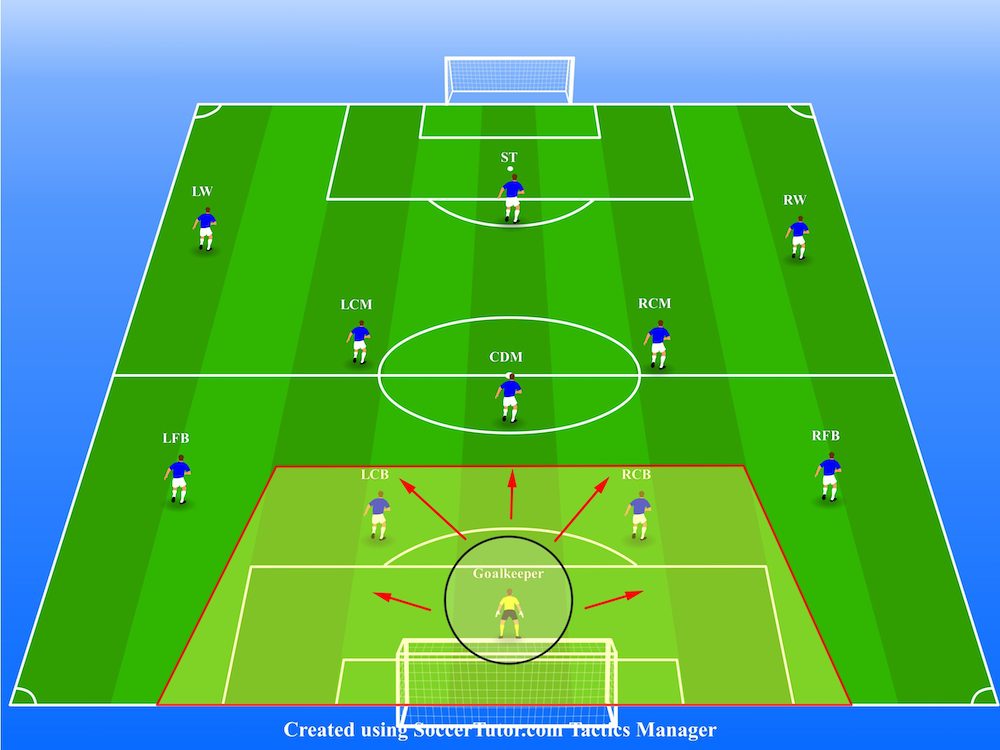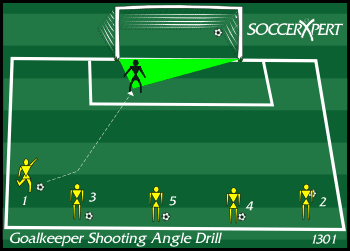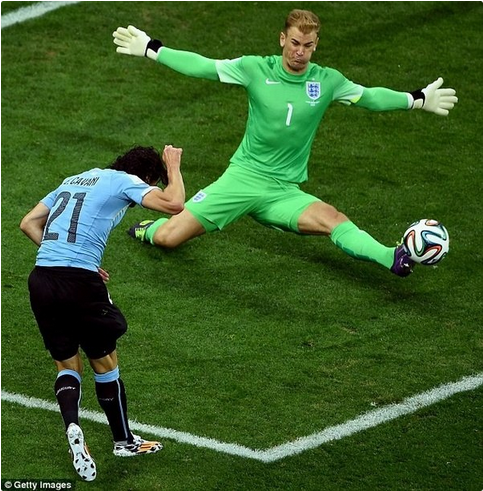
The Science of Positioning: How to Own Your Box Like a Pro

Most people think being a great goalkeeper is all about reflexes or crazy diving saves. But ask any top-level coach or keeper, positioning is the real superpower. If you master your angles and movement, you’ll make tough saves look easy, conserve energy, and command your box like a boss.
Ready to unlock the secrets behind world-class positioning? Let’s break it down step by step, with drills you can add to your next session.
1. Angle Play: The Invisible Line

Your top priority is always to get your body between the ball and the center of the goal, every single time. The closer you are to this “invisible line,” the less goal the striker can see. You’re not just waiting for shots; you’re closing space and forcing bad decisions.
Activity : Angle Shuffle: Place cones in a semicircle 5-7m from goal. Have a friend or coach roll/push the ball around the arc. You must move laterally, always re-centering your position on that imaginary line.
Tip : Watch pro highlights, look at how often keepers barely need to move because their angle is perfect before the shot even comes.
2. Distance Management: Don’t Get Stuck on Your Line

Too many keepers stay glued to the goal line, giving shooters all the space in the world. The further off your line you are (safely), the bigger you make yourself and the less goal attackers can aim at. But, and this is key, don’t overcommit or get chipped!
Tips: Read the situation. If the attacker is about to shoot, step out 1-2 meters off your line to “steal” space. As play moves laterally (side to side), adjust your depth, deeper if there’s a risk of a chipped ball, higher if you need to cut crosses.
Activity : Cut Down Angle: Have a partner dribble in from 20m out. You adjust your position, moving off your line to “close the angle” as they approach, then set for the shot.
3. Reading Triggers: The Shooter’s Body is Your Clue

Don’t just watch the ball, read the attacker’s hips, eyes, and plant foot. These cues tell you everything about where the shot is going. The earlier you read the intention, the quicker your reaction feels (even if you’re not actually faster). Studies show top-level keepers react up to 150ms faster simply by reading cues, not just waiting for the ball to move.
Activity : In training, pause video clips before the shot, guess the direction. Then play and see if you were right.
Tip : Work with a coach or teammate: they take slow shots, exaggerating their body cues. You have to call the shot direction before it’s struck.
4. Command with Communication

Positioning isn’t just about where you stand, it's about organizing your whole defense so you don’t face easy shots in the first place.
Tip : Use clear, loud, and simple words: “AWAY!” “STEP UP!” “SECOND BALL!” Talk even when the ball’s far away. Keep your defenders tuned in, help them mark, and let everyone know you’re in control.
Activity : Run a mini-game where only the keeper can direct them. This puts the pressure on organizing and positioning the team.
5. Quick Recovery: Always Ready for the Next Action

Don’t stand and admire your last save, recover instantly. Attacks can rebound fast, especially at higher levels. The best keepers reset to set position immediately.
Activity : Coach serves a ball for a save, then immediately drops or rolls a second ball for you to recover and set for the next action.
Conclusion
Positioning isn’t about size or speed, it’s about smarts and habits. Build these habits every session, and you’ll start making more saves with less drama, just like the pros.